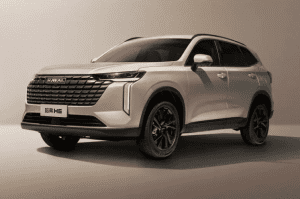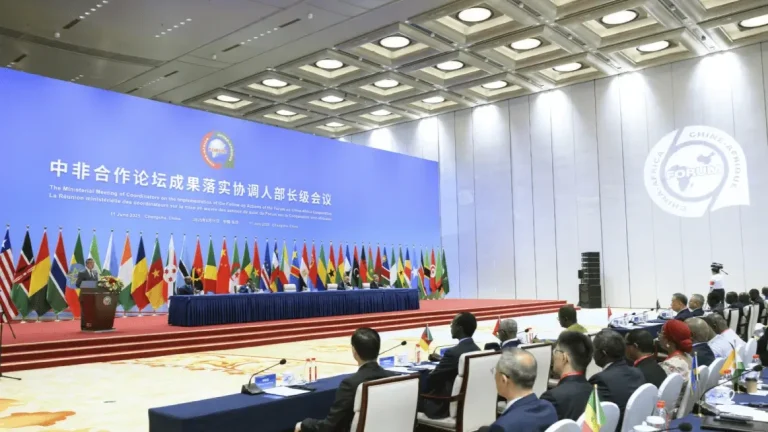WELCOME TO JAES INTERNATIONAL TRADING

China’s automotive industry has rapidly evolved into a global powerhouse, particularly in the Utility Vehicle (UV) segment, which includes SUVs, crossovers, and multi-purpose vehicles (MPVs). With competitive pricing, advanced technology, and strong export performance, Chinese automakers are reshaping global markets. Below, we explore the key factors behind China’s success in UV production, supported by hard numbers and industry trends.
1. China’s UV Market: Production & Domestic Dominance
China is the world’s largest UV producer, with domestic sales and exports surging year after year.
Best-Selling Models: The Haval H6 (SUV), Geely Boyue, and BYD Tang are among the top-selling UVs, with monthly sales exceeding 30,000 units each
2024 UV Production: Over 10 million UVs were manufactured in China, accounting for 40% of global UV production.
Market Share: Chinese brands like Chery, Geely, and Great Wall Motors dominate 60% of China’s UV market, outpacing foreign competitors.
2. Export Boom: China’s UVs Conquering Global Markets
China’s UV exports are growing exponentially, driven by affordability, EV integration, and strong demand in emerging markets.
EV UVs Leading Growth: New Energy UVs (NEV-UVs) accounted for 26% of total UV exports, with brands like BYD Atto 3 and XPeng G9 gaining traction in Europe.
2024 UV Exports: China shipped over 500,000 UVs in the first five months of 2025, a 22% YoY increase.
Top Export Destinations:
Russia (largest importer, 28% share)
Middle East (Saudi Arabia, UAE)
Latin America (Mexico, Brazil)
Southeast Asia (Thailand, Indonesia).
3. Competitive Pricing: Why Chinese UVs Are So Affordable
Chinese automakers leverage economies of scale, government subsidies, and vertical integration to offer UVs at 20-40% lower prices than Western rivals.
Localized Supply Chains: 90% of UV components are sourced domestically, minimizing import costs.
Average UV Price in China: $20,000–$35,000 (vs. $30,000–$50,000 for comparable models in the U.S. or EU).
Battery Cost Advantage: Chinese EV-UVs benefit from cheaper LFP batteries, reducing production costs by 15-20% compared to NMC-based rivals.
4. Technology & Innovation: Smart, Connected, and Green UVs
China is leading in smart UV technology, integrating AI, autonomous driving, and next-gen infotainment.
Battery Tech Leadership: CATL’s Qilin battery (1000km range) is deployed in luxury UVs like Li Auto L9.
Millimeter-Wave Radar Adoption: Chinese UVs use locally made radar systems (e.g., Calterah’s 19M+ shipped chips) for advanced driver assistance (ADAS) at half the cost of Western equivalents.
5G & V2X Connectivity: Huawei’s MDC platform powers L3 autonomous UVs from brands like Aito and Avatr.
5. Challenges & Future Outlook
Despite strengths, China’s UV industry faces hurdles:
- EU Tariffs: 10-30% tariffs on Chinese EV-UVs may slow European expansion.
- Brand Perception: Still overcoming “cheap but unreliable” stereotypes in Western markets.
- Rare Earth Dependency: China’s own rare earth export controls could disrupt motor supply chains.
Yet, with rising R&D investments and global partnerships, Chinese UV makers are poised to dominate 35% of the global UV market by 2030.
China’s UV Industry – A Global Juggernaut
From cost-efficient manufacturing to cutting-edge tech, China’s UV sector is outpacing global rivals. With 500,000+ exports in early 2025 and EV-UVs leading the charge, Chinese automakers are redefining affordability, innovation, and scale in the automotive world.
Sources: China Passenger Car Association (CPCA) , Calterah , industry reports.









